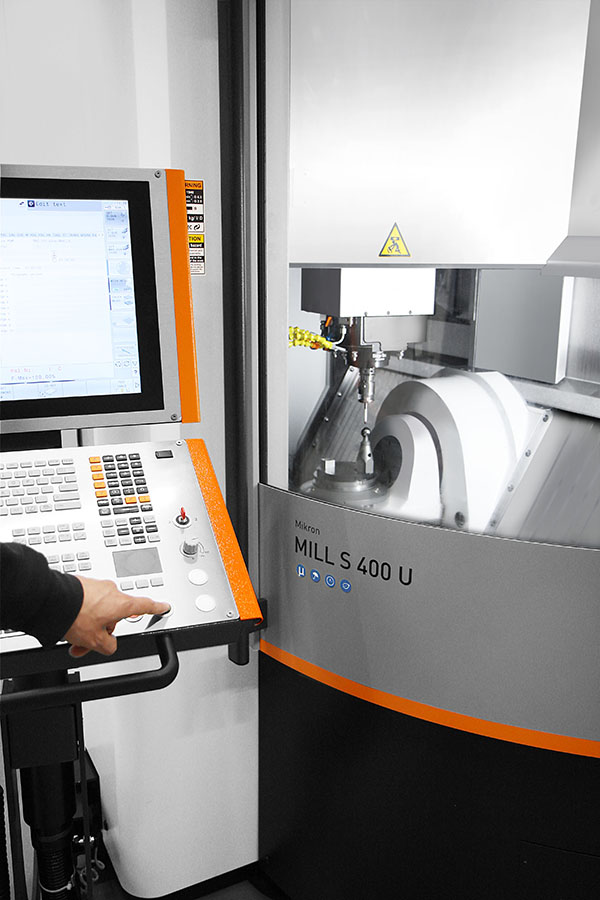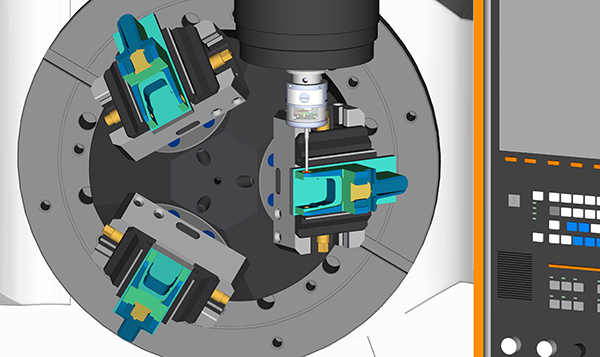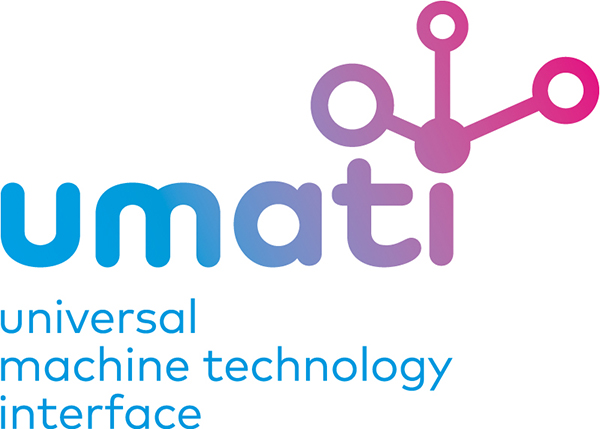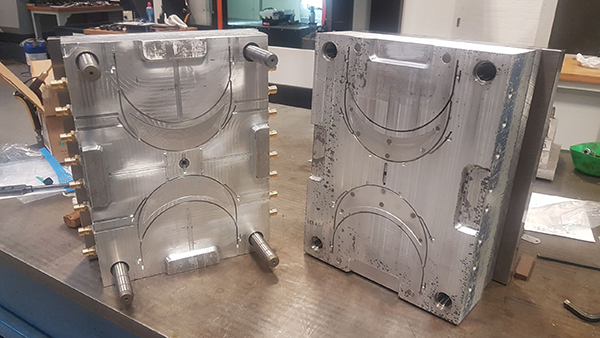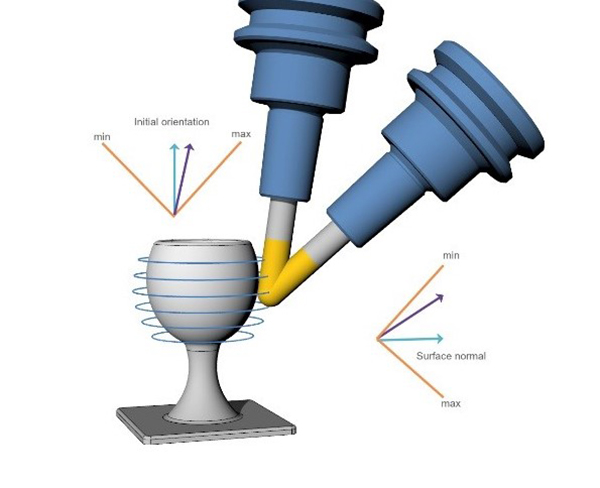Changes in ambient temperatures within working environments, as well as machining parts over long periods of time, can impact on a milling machine’s geometry.

GF Machining Solutions’ new Automated Machine Calibration (AMC) helps manufacturers recalibrate their milling machines and recover overall precision at the push of a button.
Over time, any assembled mechanical system becomes prone to losing its original calibration and precision due to heat and external factors: milling machines are no exception. Although Mikron machines are all calibrated at the factory after assembly and during commissioning, changes in a customer’s working environment – including ambient temperature variations and heat generated during the machining process – cause deviations from the original calibration. This effect can often result in process consistency and precision being affected, which in turn impacts on part quality.
To simplify machine calibration, GF Machining Solutions has developed an all-in-one, ready-to-use AMC package which allows operators of both three-and five-axis milling machines to easily and quickly perform a recalibration and recover the overall long-term precision required for high-quality parts.
The AMC cycle consists of both the software for the Heidenhain TNC 640 control, as well as the hardware (a dedicated pallet including a calibration ball and aluminium reference block) for pallet calibration. An easy-to-use ergonomic interface requires little training, while the automatic data management reduces human error, minimises downtime between cycles and increases operator availability.
To recover the machine’s geometry, operators simply start the program and are guided by the interface. AMC assesses and adjusts all key components necessary. Within 10 minutes the machine is recalibrated to its original kinematic precision. GF Machining Solutions currently offers AMC as a standard package on its three- and five-axis Mikron MILL S and Mikron MILL X series.
For further information www.gfms.com






